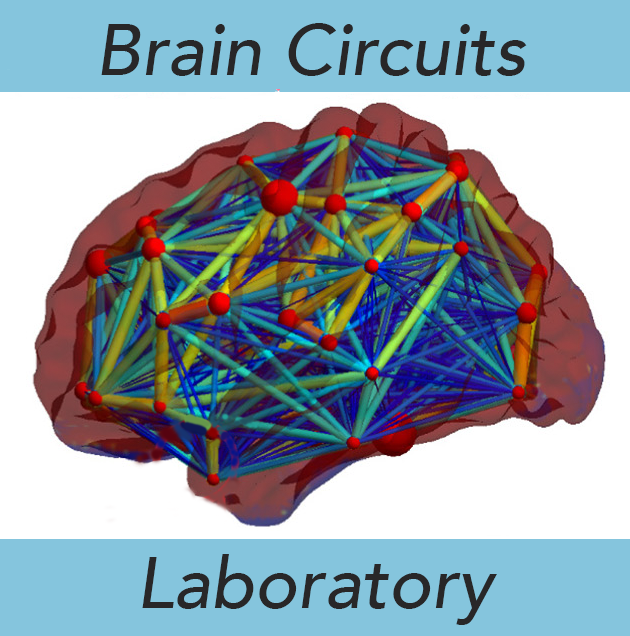

Models of the neurobiology of language suggest that a small number of anatomically fixed brain regions are responsible for language functioning. This observation derives from centuries of examining brain injury causing aphasia and is supported by decades of neuroimaging studies. The latter rely on thresholded measures of central tendency applied to activity patterns resulting from heterogeneous stimuli. We believe that these methods obscure the whole brain distribution of regions supporting language. Specifically, cortical ‘language regions’ and the corresponding ‘language network’ consist of input regions and connectivity hubs. The latter primarily coordinate peripheral regions whose activity is variable, making them likely to be averaged out following thresholding. We are testing these hypotheses in studies using neuroimaging meta-analyses and functional magnetic resonance imaging during film watching. Thus far, we have found that averaging over heterogeneous words is localized to regions historically associated with language but distributed throughout most of the brain when not averaging over the sensorimotor properties of those words. The localized word regions are composed of highly central hubs. The film data shows that these hubs are not fixed, but rather, are spatiotemporally dynamic, making connections with 44% of peripheral sensorimotor regions at any moment, and only appear in the aggregate over time. Results thus far suggest that ‘language regions’ are an artifact of indiscriminately averaging across heterogeneous language representations and linguistic processes. These regions appear to be primarily dynamic connectivity hubs coordinating whole-brain distributions of networks for processing the complexities of real-world language use, explaining why damage to them results in aphasia.
